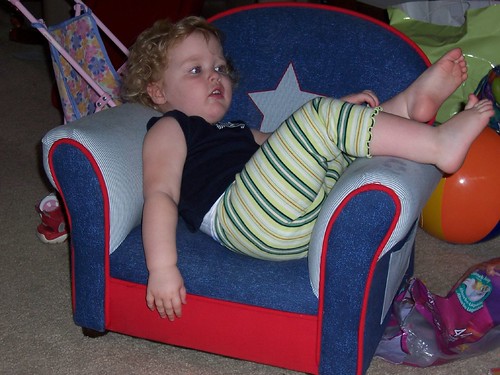After the storms of biblical proportion came through last night – seriously, there was baseball sized hail in the area – and the drop of about 20 degrees in temperature overnight, any thoughts of playing outdoors today were quickly forgotten.
So, we had to rely on one of the indoor playgrounds in town. And since this mama loves ice cream, my friend and I took the toddlers to the Graeter’s factory. Graeter’s is a wonderful local ice cream maker, and their factory store has a really cool dessert themed play area. The play area is completely enclosed, so escaping is difficult, unlike the mall play area. Which means this mom can rest and eat ice creame in peace without chasing Cordy back into the play area.
My friend’s 2 year old son ran around introducing himself to everyone in the room. “I Spidemah! I Spidemah! I Petah Pahkah!” He wouldn’t stop until someone would finally acknowledge, “Oh, you’re Spiderman!”
My less-social child, however, preferred to lavish all of her attention on the red balls in the room. She carried them around, rolled them down the slide, hugged them, and generally kept to herself.
The photos of the day:








